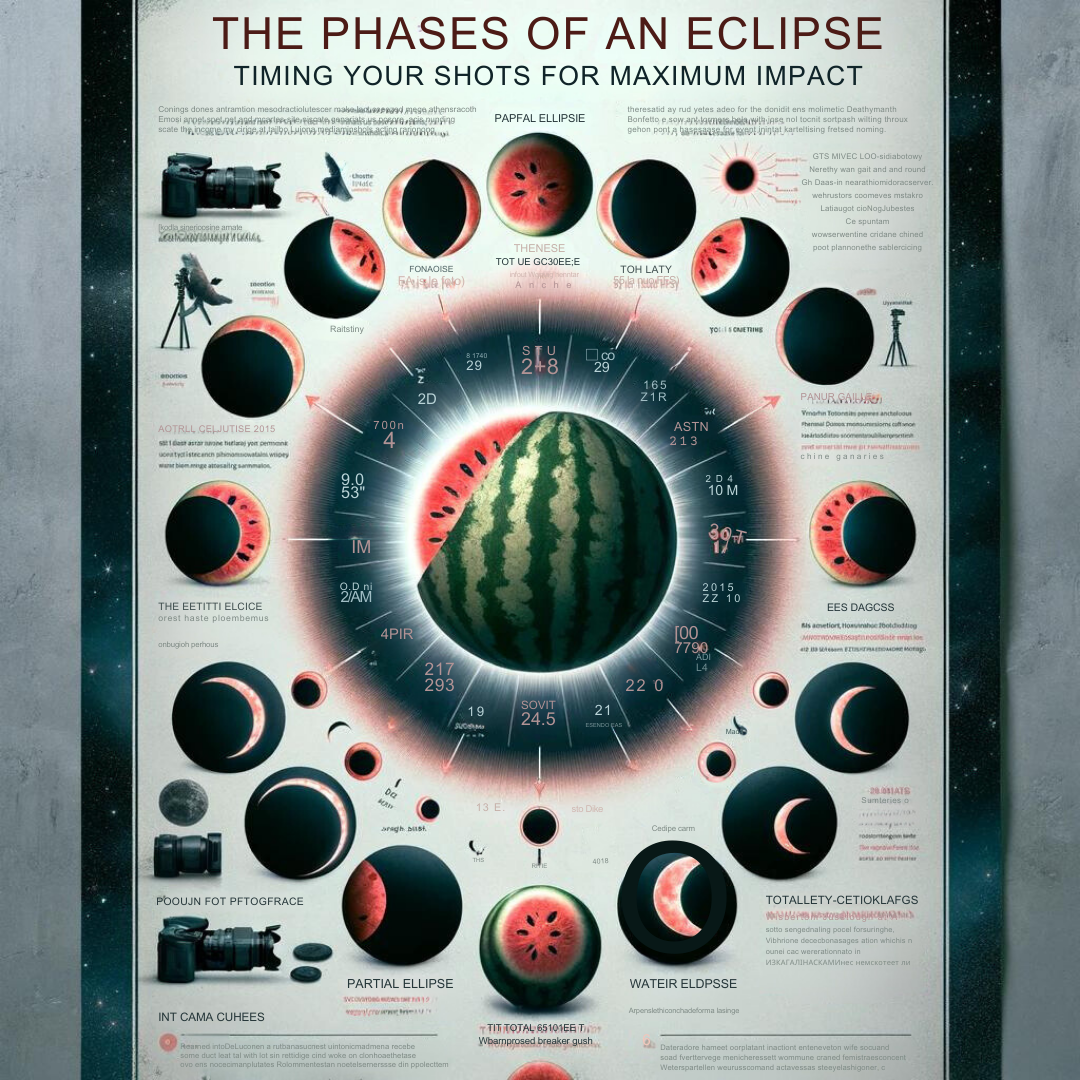
An eclipse is an awe-inspiring sight, one that many photographers aspire to capture. This event requires a carefully planned approach, as the timing of shots can be crucial when capturing this natural phenomenon. From the first gleam of light to the deep darkness of the event, every stage of a solar or lunar eclipse offers its own appeal when it comes to photographic scopes. In this article, we will explore the different phases of an eclipse and how you can use them to your advantage.
Solar vs Lunar Eclipses
Solar Eclipses occur when the moon moves in front of the sun, creating a shadow that darkens the Earth. Conversely, a Lunar Eclipse occurs when the Earth’s shadow is cast onto the moon, causing the Moon’s light to dim. Although both types of eclipses can offer great photo ops, they each bring their own unique challenges.
Partial, Total, and Annular Eclipses
Both solar and lunar eclipses can also take on different forms. A partial solar eclipse occurs when the moon only partially covers the sun. A total solar eclipse, on the other hand, occurs when the moon completely obscures the sun, leading to an eerie darkness that can last for minutes. An annular solar eclipse is similar to a partial eclipse, but the moon appears to be smaller than the sun, leading to a “ring of fire” effect. As for lunar eclipses, they can be either partial or total, with the Earth’s shadow completely covering the moon in a total eclipse.
The Different Phases of an Eclipse
It’s important to understand the different phases of an eclipse in order to capitalize on every opportunity for the perfect shot. Solar eclipses start with the first contact phase, where the leading edge of the moon begins to cover the sun. This markst he beginning of the eclipse and is an opportune time for photographers to start setting up their equipment. The next phase is the partial phase, in which the moon has fully covered the sun but there is still some light. As the eclipse enters the total phase, the sky will darkens significantly and the moon will be fully visible. The final phase of the solar eclipse is the third contact, in which the moon starts to uncover the sun and the light returns.
When it comes to a lunar eclipse, there are fewer phases. The penumbral phase is the first part of the eclipse, in which the moon starts to darken slightly. The umbral phase is when the Earth’s shadow starts to cover the moon, and the eclipse is at its most visible. This is a great opportunity for photographers to create stunning photographs. The final phase of a solar eclipse is the ending penumbral phase, in which the moon returns to full brightness and the eclipse ends.
Capturing the Perfect Shot
When photographing an eclipse, the key is to be prepared and make the most of each phase of the event. Setting up your camera on a tripod will help you get the most stable shots, and using a long lens will enable you to get close-up images of the eclipse. Remember to adjust your exposure settings as the sun or moon darken. Additionally, make sure to wear proper protection for your eyes and your equipment during a solar eclipse.
Each phase of a solar or lunar eclipse offers photographers a unique opportunity for beautiful, powerful shots. By understanding the different phases and using proper techniques, you can capture a stunning, unique image of this natural event.
